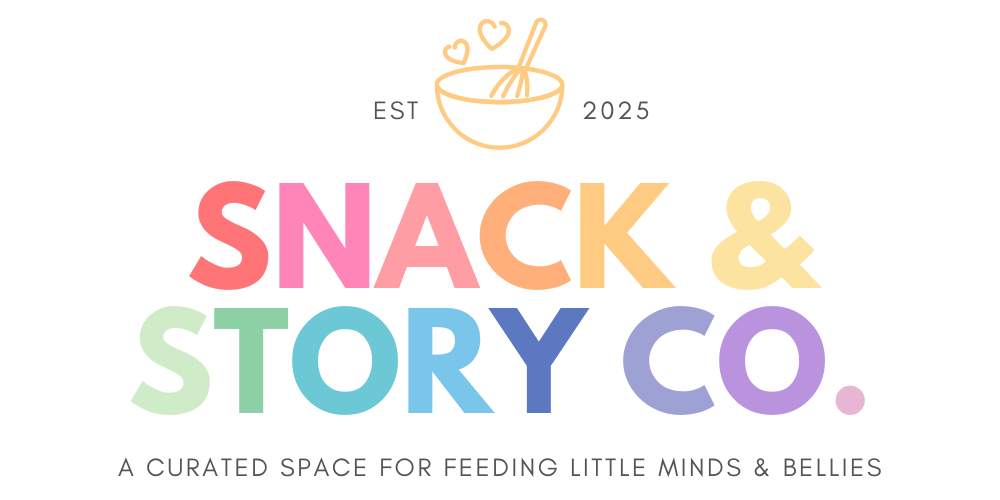At Snack & Story Co., we’re interested in more than just what toys are trending or which expensive toddler snacks are trending. We care about what’s underneath all of it—like the way you connect with your baby in the quiet, everyday moments. One of the most important parts of early development? Secure attachment.
Here’s what that really means—and how to support it without overthinking it.
What Is Secure Attachment?
Secure attachment is the deep sense of trust a baby develops when they consistently feel seen, soothed, and supported by their caregiver. It’s the foundation for how children learn to regulate emotions, explore the world, and eventually build healthy relationships.
The idea took shape in the mid-1900s, when psychologist John Bowlby introduced attachment theory. His colleague Mary Ainsworth later expanded it with her “Strange Situation” study, which revealed that babies with secure attachment feel safe to explore their environment while also checking back in with their caregiver for reassurance.
Bottom line? Your baby doesn’t need you to be perfect—they need you to be present and responsive.
What This Looks Like Day to Day
Building a secure attachment doesn’t require extra gear, a special parenting method, or a perfect track record. It’s about how you respond to your baby’s cues in everyday life:
• Picking them up when they’re upset
• Making eye contact during a diaper change
• Saying “You’re okay, I’ve got you” after a loud noise
• Gently narrating what’s happening in your routine
These little responses tell your child: You can rely on me. I’m here.
The Science Behind It
There’s solid evidence that secure attachment in early childhood contributes to long-term outcomes like:
• Better emotional regulation
• Stronger social skills
• Greater independence and resilience
• Increased confidence in learning environments
Being emotionally attuned helps shape your baby’s brain, especially related to areas of stress regulation, empathy, and executive function. When your baby feels safe, their nervous system can settle. That gives their brain space to develop in healthy ways.
Do You Have to Get It Right All the Time?
Not at all. In fact, research shows you only need to be attuned about 30% of the time to build secure attachment (Tronick, 2007). What matters just as much is how you reconnect when something is off—whether you were distracted, misunderstood a cry, or lost your patience.
These small “ruptures” followed by repair actually teach babies that relationships can recover. That’s an invaluable lesson.
Practical Ways to Support Secure Attachment
Here are a few ways to strengthen your connection in everyday routines:
• Tune in to cues: Is your baby rubbing their eyes? Arching their back? Looking away? Learning their signals builds trust.
• Name emotions: “You’re upset we had to leave the park. That’s hard.” It helps them start to make sense of big feelings.
• Create consistent rhythms: Predictability helps your baby feel safe.
• Be kind to yourself: Babies benefit most from caregivers who are calm and emotionally available. That includes giving yourself a breather when you need one.
The Takeaway
Secure attachment is one of the most impactful things you can give your child—and it’s built through everyday interactions. You don’t need to be perfect. You don’t need to follow a script. You just need to keep showing up.
At Snack & Story Co., we believe connection is at the heart of everything: the books you read, the snacks you share, the way you respond when your child needs you. That’s where the real growth happens.

Leave a Reply